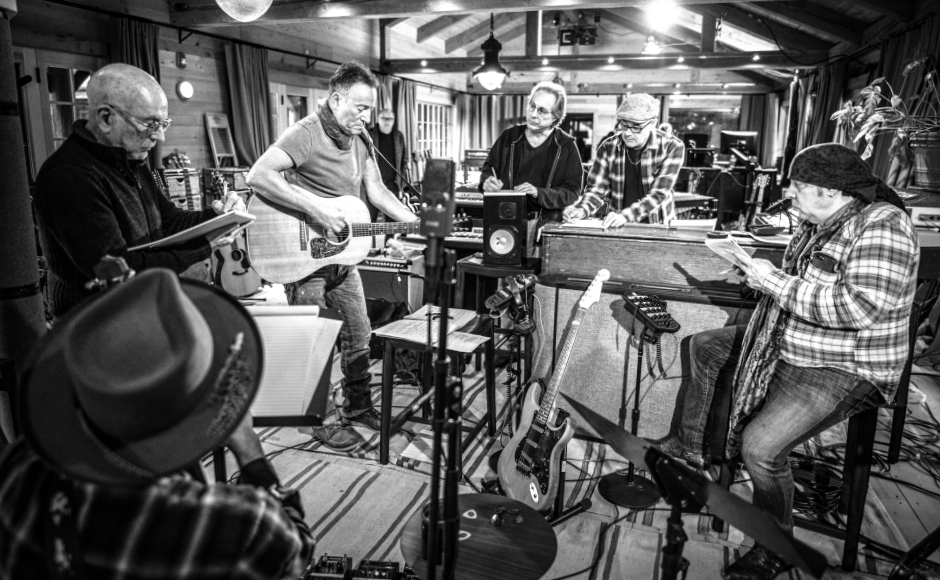 Bruce Springsteen and the E Street Band in the "Letter to You" sessions. Credit: Apple.
Bruce Springsteen and the E Street Band in the "Letter to You" sessions. Credit: Apple. Bruce Springsteen and the E Street Band in the "Letter to You" sessions. Credit: Apple.
Bruce Springsteen and the E Street Band in the "Letter to You" sessions. Credit: Apple. Bruce Springsteen and the E Street Band in the "Letter to You" sessions. Credit: Apple.
Bruce Springsteen and the E Street Band in the "Letter to You" sessions. Credit: Apple.